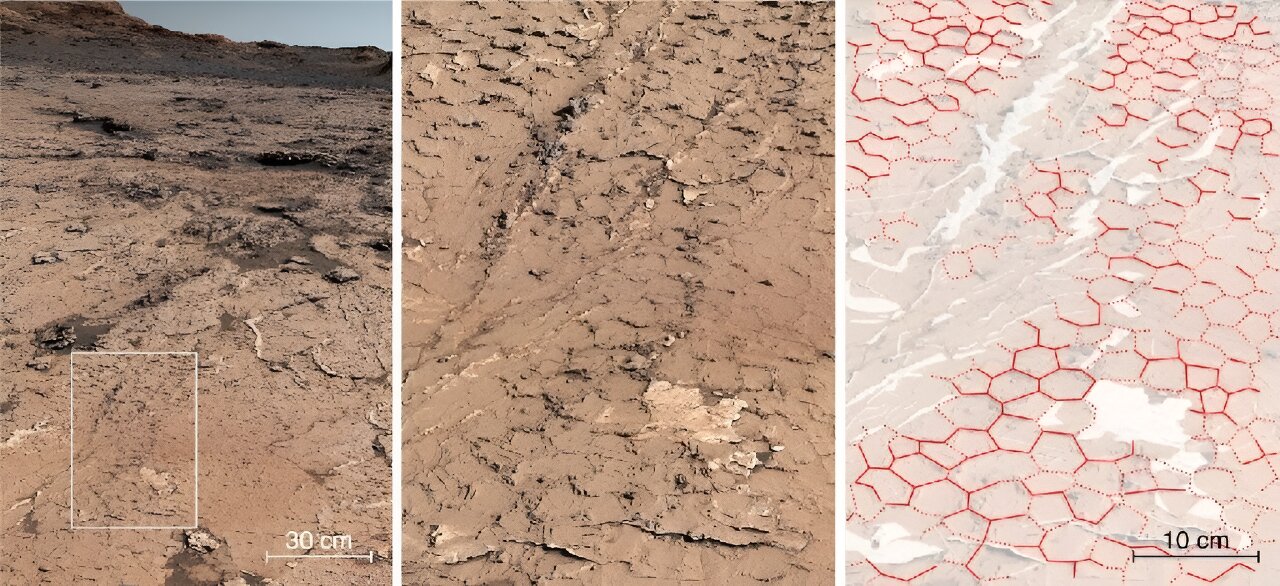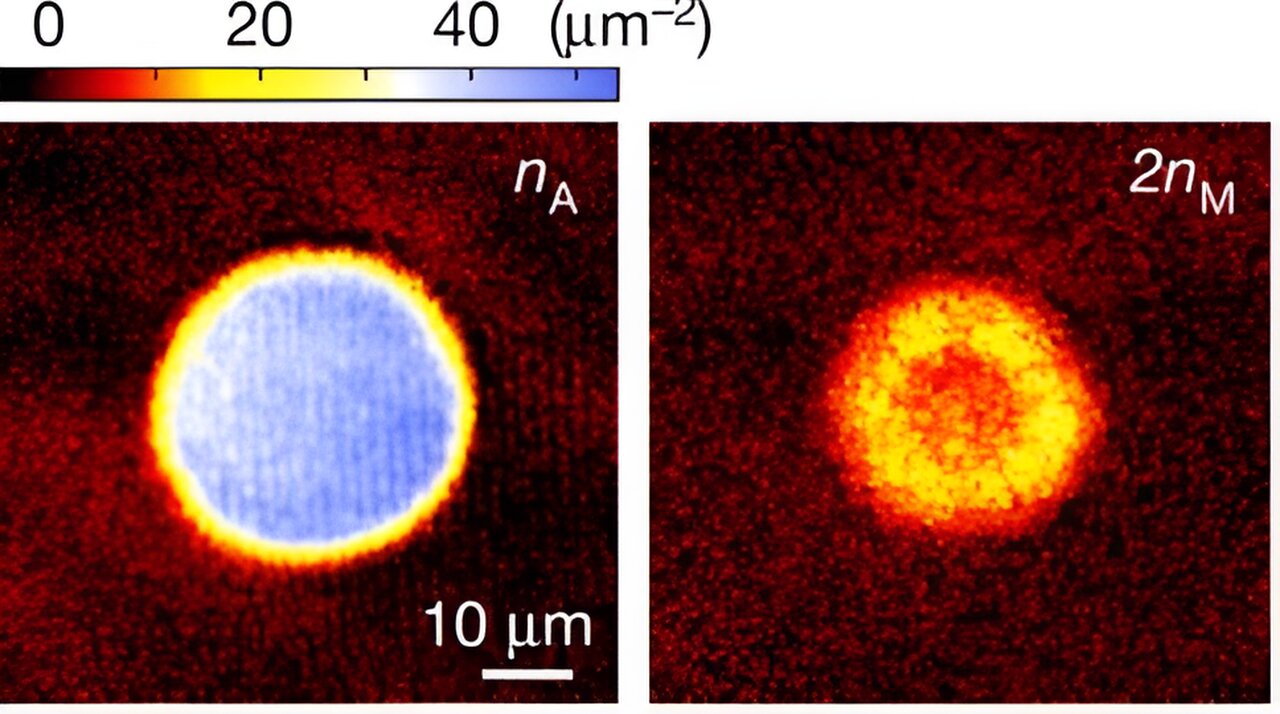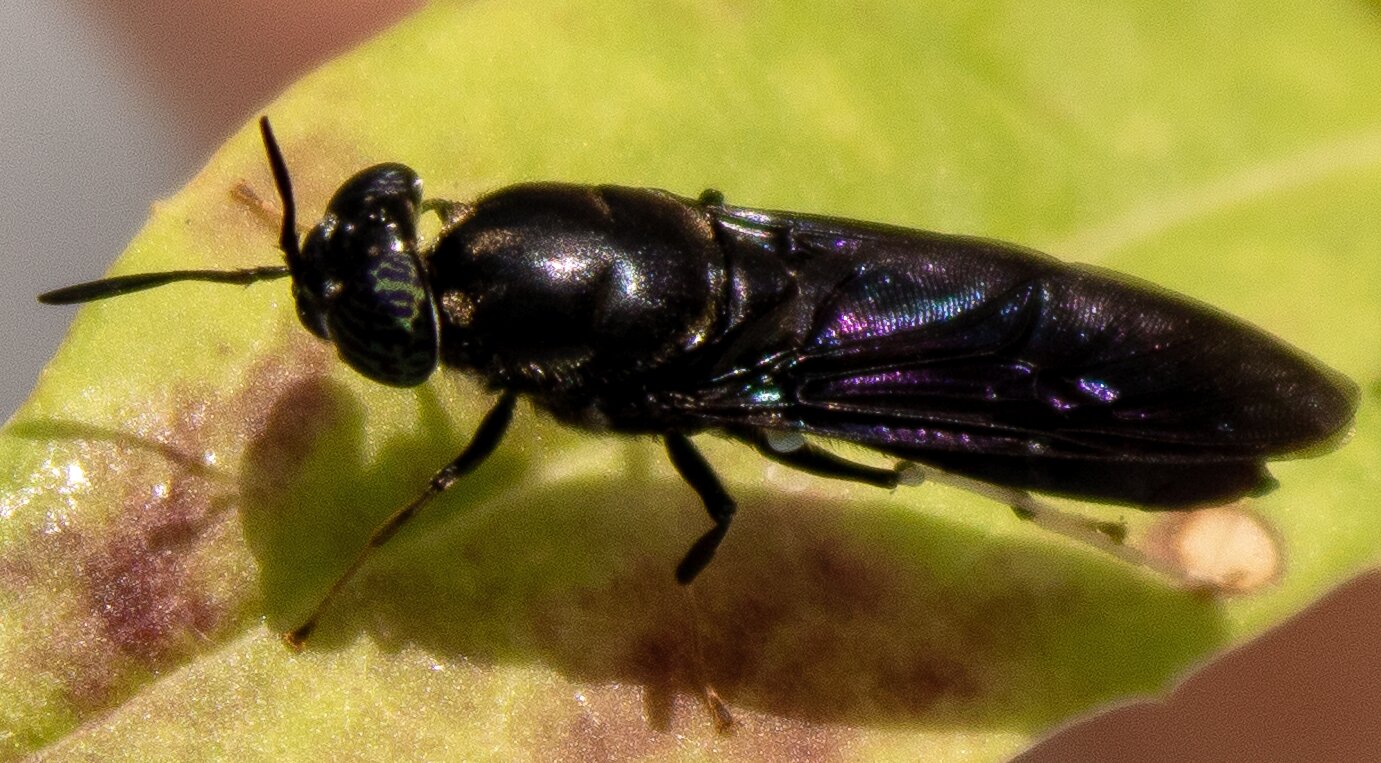Get ready for some exciting news! NASA’s Curiosity rover has made an incredible discovery on Mars. It has found evidence that the red planet once had a climate similar to Earth, with alternating wet and dry seasons. This suggests that Mars may have once been capable of supporting life. How amazing is that?
Although Mars is now a dry desert, billions of years ago, it had rivers and vast lakes covering its surface. Since 2012, the Curiosity rover has been exploring the Gale crater, which is believed to have been home to a former lake. In the center of the crater, there is a massive mountain of sediment that is nearly six kilometers high. Can you imagine?
William Rapin, the lead author of the study and a researcher at France’s CNRS scientific research center, explained, “We quickly realized that we were working in lakes and rivers deposits, but did not know what type of climate they were linked to.” But now, thanks to Curiosity’s latest findings, we have a better understanding.
During its climb up the sediment mountain in 2021, Curiosity discovered salt deposits forming a fascinating hexagonal pattern in soil that is nearly four billion years old. These patterns turned out to be cracks in dried mud, which heal when the lake refills. This is the first tangible proof that Mars had a cyclical climate. Just like Earth, Mars may have had regularly occurring wet and dry seasons that could have provided the right conditions for life to form. How incredible is that?
‘Pretty lucky’
Curiosity has already made other significant discoveries on Mars. It has detected the presence of organic compounds, which are considered the building blocks of life. However, for these building blocks to become the precursors of life, they need the right conditions. As William Rapin explained, “In a world that’s too dry, these molecules never have the opportunity to form—nor do they in a world that’s too wet.” So, the conditions on Mars may have been just right.
But before you start picturing big-headed green aliens, let’s keep in mind that if Mars did support life, it was likely primitive single-celled microorganisms. Ashwin Vasavada of NASA’s Jet Propulsion Laboratory stated, “Over 11 years, we’ve found ample evidence that ancient Mars could have supported microbial life. Now, the mission has found evidence of conditions that may have promoted the origin of life, too.” This is truly groundbreaking.
Studying Mars is incredibly valuable because it offers a unique opportunity to explore ancient terrain. Unlike Earth, Mars lacks tectonic plates that constantly reshape the surface, erasing traces of the past. This means that Mars can provide insights into how life began on our own planet. As William Rapin said, “It’s pretty lucky of us to have a planet like Mars nearby that still holds a memory of the natural processes which may have led to life.” We are truly fortunate.








